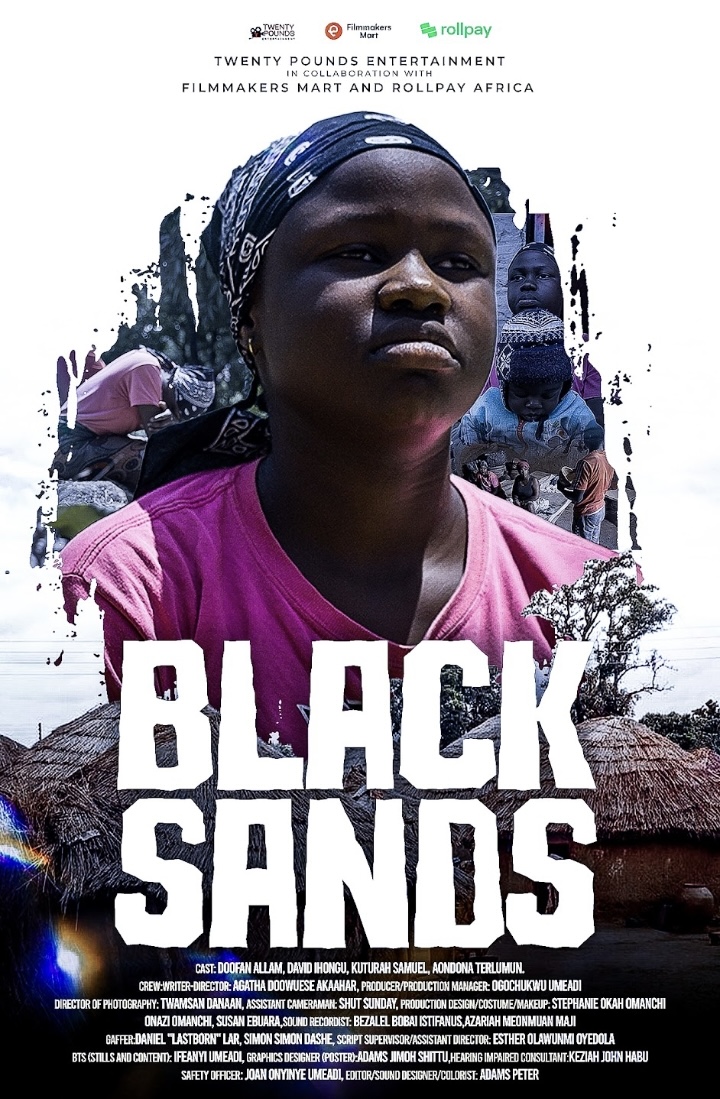In Nigeria’s Middle Belt, a place filled with beauty, history, and pain, a young filmmaker is bringing a different kind of story to the screen. Agatha Doowuese Akaahar, a 23-year-old Tiv filmmaker from Benue State, is the writer and director behind Black Sands, a moving short film that shines a light on the real lives of people living through conflict.
Agatha’s love for storytelling began early. After losing her mother as a child, books became her escape. Later, theatre gave her a voice and showed her the power of stories to heal and connect. Even though she studied History and International Studies at the University of Ilorin, she never lost her passion for film.
The inspiration for Black Sands came from her own experiences growing up in Benue. “The Middle Belt is often spoken about only in numbers — how many died, how many were displaced,” she says. “But behind every number is a person, a family, a dream.”

Unlike most films about conflict, Black Sands doesn’t focus on politics. Instead, it tells a human story about love, loss, and resilience. The title is symbolic — sand usually represents life, but when huts burn, the sand turns black. “The land remembers everything,” Agatha explains. “Black Sands is both mourning for what has been lost and hope for what can still grow.”
The filming took place in Jos, Plateau State, a place that mirrors Benue’s landscape and history. The cast and crew, many of whom had personal experiences with violence, brought honesty and depth to the film. “It wasn’t just another project,” Agatha says. “It was a way to remember.”

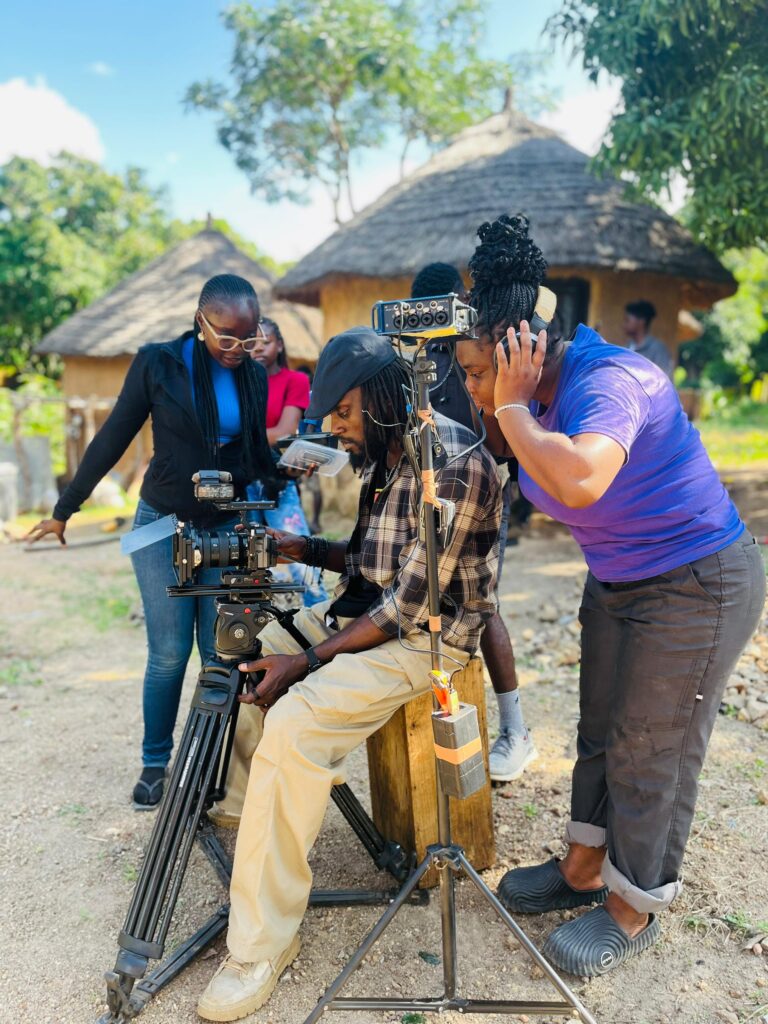
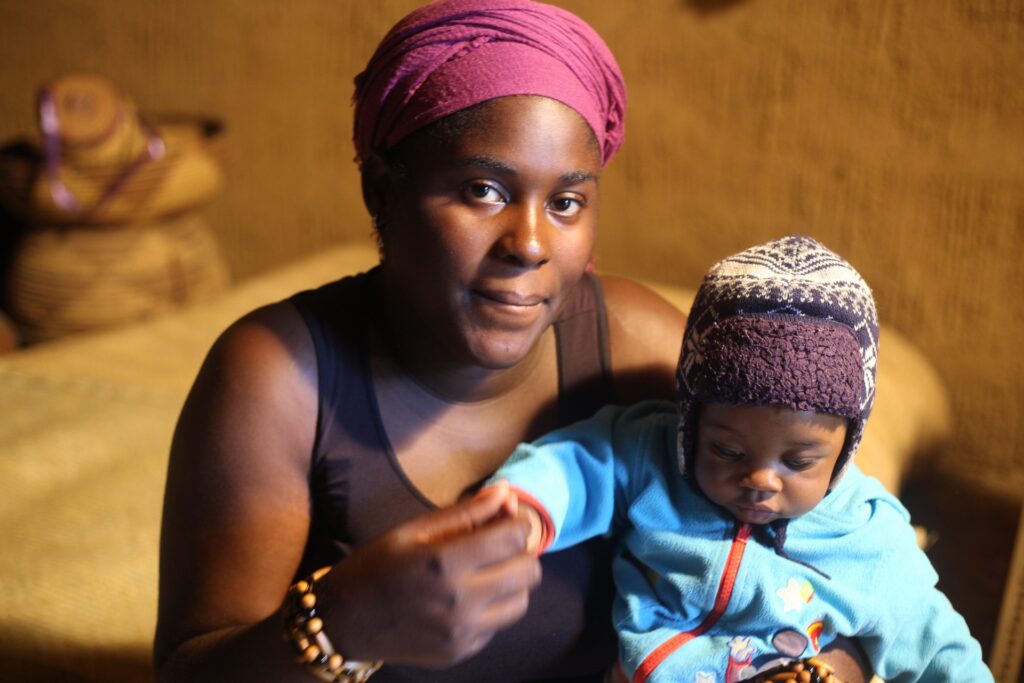
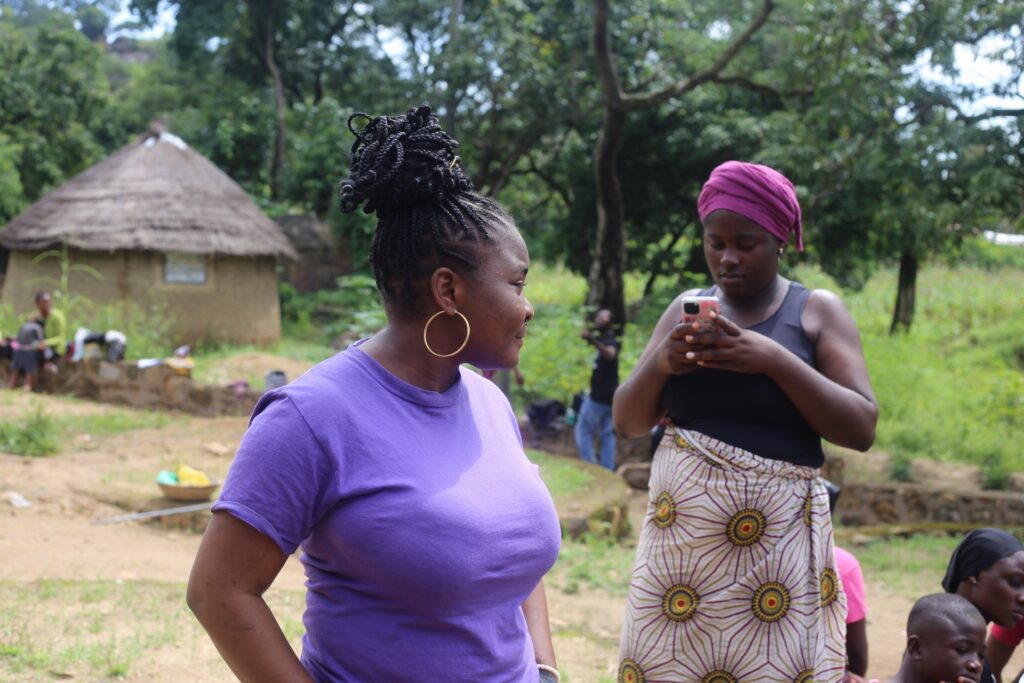

As both writer and director, Agatha rewrote her script eight times to get the story right. The result is a film that blends personal truth with collective memory — a story told simply but powerfully.
With Black Sands, Agatha isn’t just releasing a short film; she’s preserving voices that are often forgotten. It’s a reminder that even in the middle of pain, people still live, love, and hope.
Film Details
Black Sands written by Agatha Doowuese Akaahar
Format: Short film (3 minutes)
Single location (mud-hut compound interior)
Three characters:
- Kator (15)
- Wuese (10)
- Their mother (30s)
Language: Tiv (with translations to English)
Logline: During a violent raid on a rural village in the hinterlands of Benue State, two older siblings are forced to hide their little siblings inside a water drum and sacrificing themselves to keep these little ones safe.
Genre: Drama / War / Political Tragedy / Coming-of-age
Setting: A modest mud-hut compound in rural Benue State, Nigeria. It is early morning. The space feels warm, smoky, and lived-in; filled with the quiet rhythm of village life: birdsong, crackling firewood, footsteps on the dusty path, yam boiling on the stove, and the soft hum of a mother’s song.
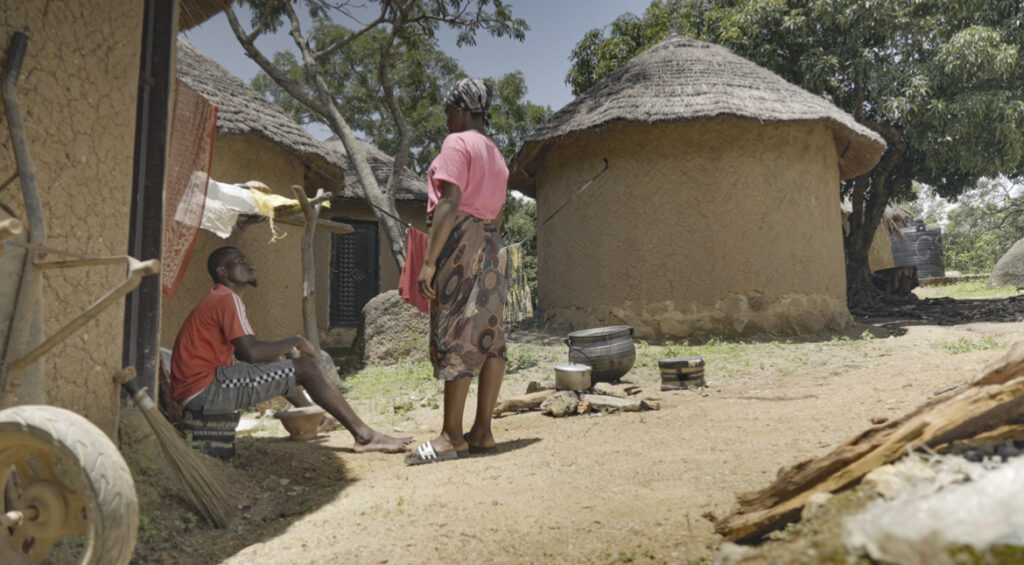
Synopsis: Black Sands is a visceral, intimate portrait of a family caught in a moment of irreversible change and irreparable damage.
Kator is cooking yam in the family kitchen while his younger sister Wuese nags him playfully for food. Their older sister, weary and quiet, hums softly as she nurses a baby in the next room. A framed photo on the wall of their father and young Kator is a quiet nod to a simpler life. His absence suggests that he’s either deceased or away at the moment.
In the blink of an eye, there’s a low rumble and everything falls apart. Panic ensues. Gunfire cracks in the distance. Kator hears shouts and cries in the distance and the scampering sounds of neighbours frantically running; he hears someone shout ‘Mba agwey shi va ve’ , he immediately deciphers what’s happening; The armed men in tribal wraps who often visit with machetes and leave a trail of violence and bloodshed in their wake are here again.
Smoke starts to rise as huts and barns are raised to the ground, their sister acts quickly. She leads them to the backyard where there’s a big dugbe; a large, empty water drum. In a few quiet, devastating gestures, she places the children in it.
From inside the drum: muffled breathing. Raised voices. A scream. Then; silence.
Later, in the aftermath of the chaos, Wuese is seen sitting and staring into the distance, suggesting that everyone else is gone.
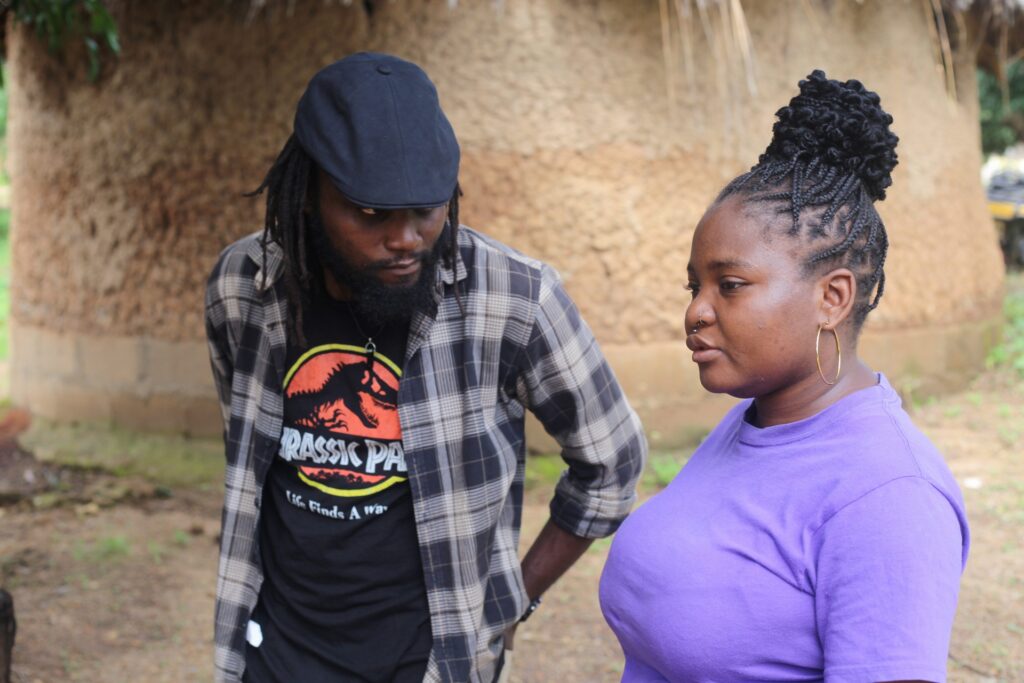
Themes
- Familial sacrifice: The sister’s final actions show deep, silent love; she’s like a mother doing whatever it takes to protect her children.
- Innocence in conflict: The war is never shown directly. Instead, we see its impact through the eyes of confused, frightened children.
- Political erasure: The story highlights the human cost of the Middle Belt crisis in Nigeria; a tragedy that is personal, painful, and
Tone & Visual Style
- Cinematic realism: Handheld camera work, natural lighting, close-up shots, and subtle, emotional performances.
- Muted, earthy tones: Warm browns, soft greys, black ash, and gentle firelight to reflect the mood and setting.
- Sound design is key: The dugbe becomes a space filled with tension, where every sound from outside is amplified.
- Minimalist style: The violence is never shown, only heard. The story is told from the children’s emotional point of view.
Why This Story?
In just one location, with just three characters, Black Sands captures something deeply Nigerian: the fragility of peace, the quiet strength of mothers, and the small, unspoken ways we hold onto dignity in the face of devastation.
It is inspired by countless untold stories of displacement and systemic violence in Nigeria’s Middle Belt; a region where family and community are the only shield, and memory, the only monument in the midst of all that chaos. This is a quiet, devastating film; deeply evocative, gripping, and powerful in its message. It is designed to eviscerate, to leave the audience with much to reckon with.
Budget: The budget for the film was ₦3M (three million naira) but due to Agatha’s financial management skills, the film was made under budget.
